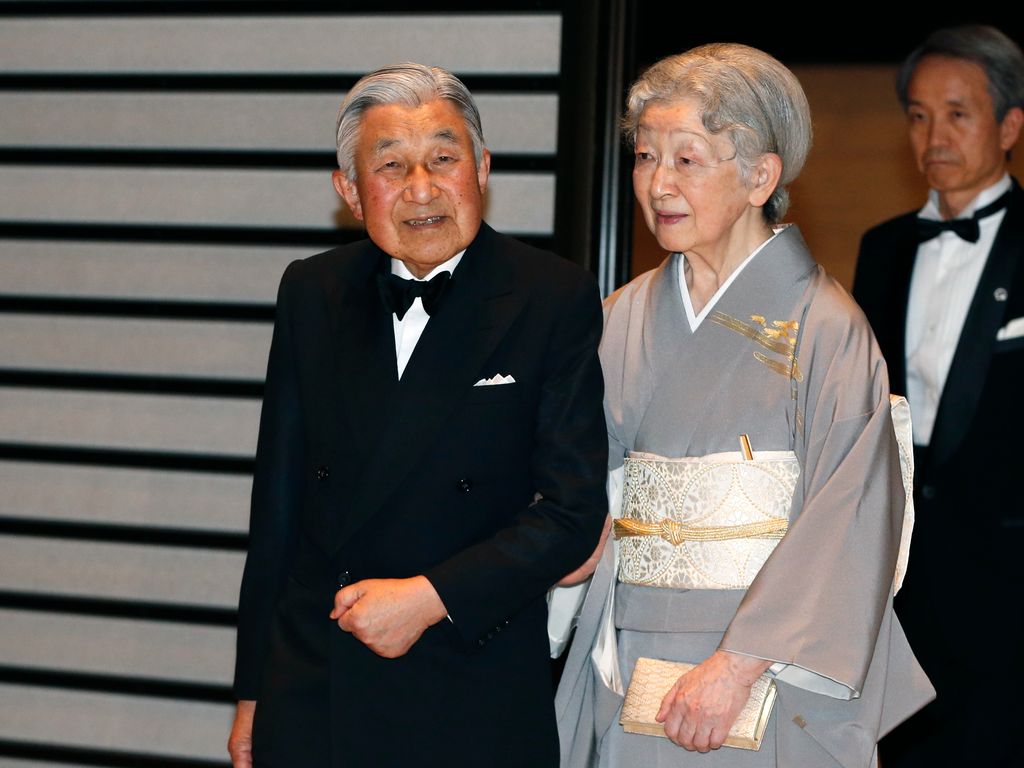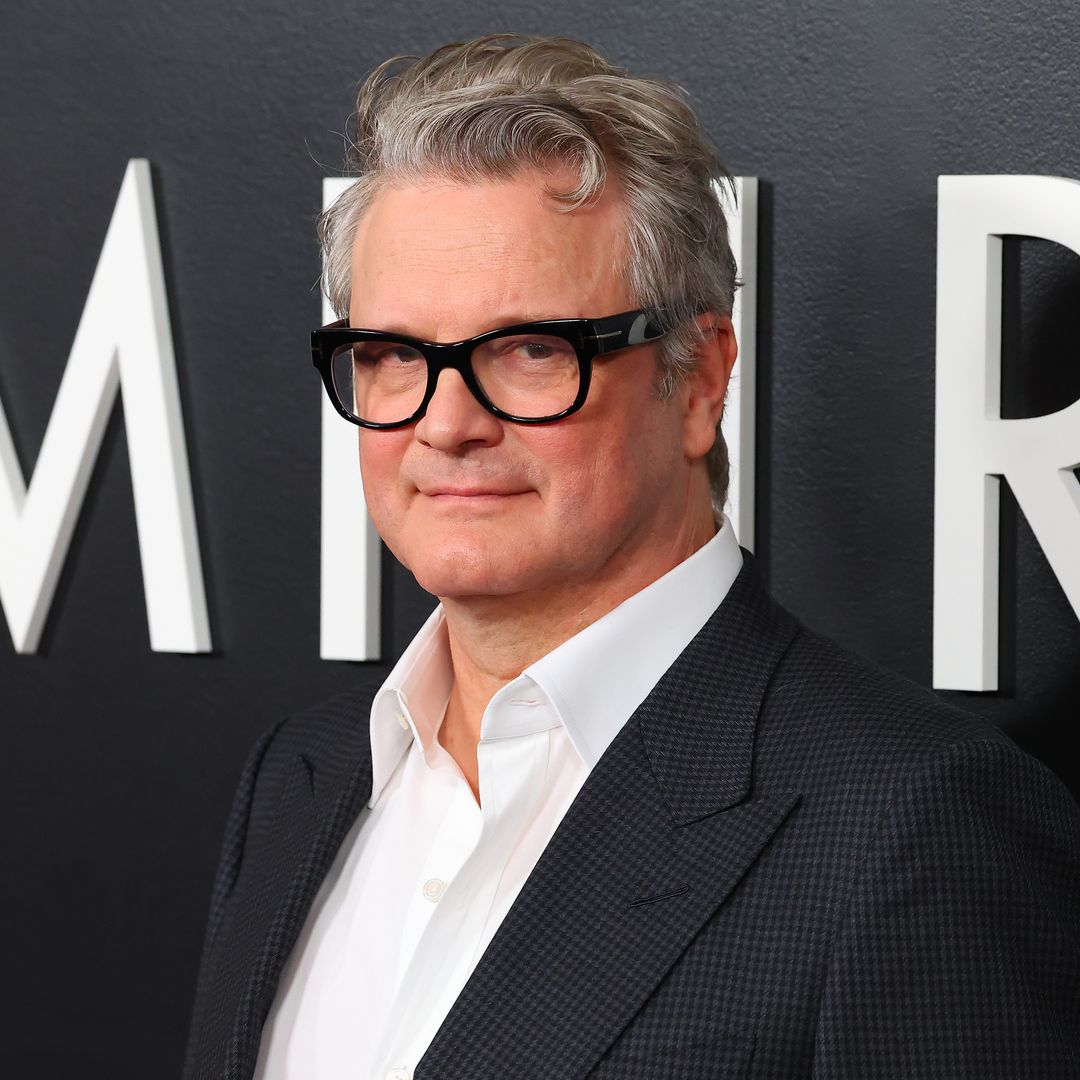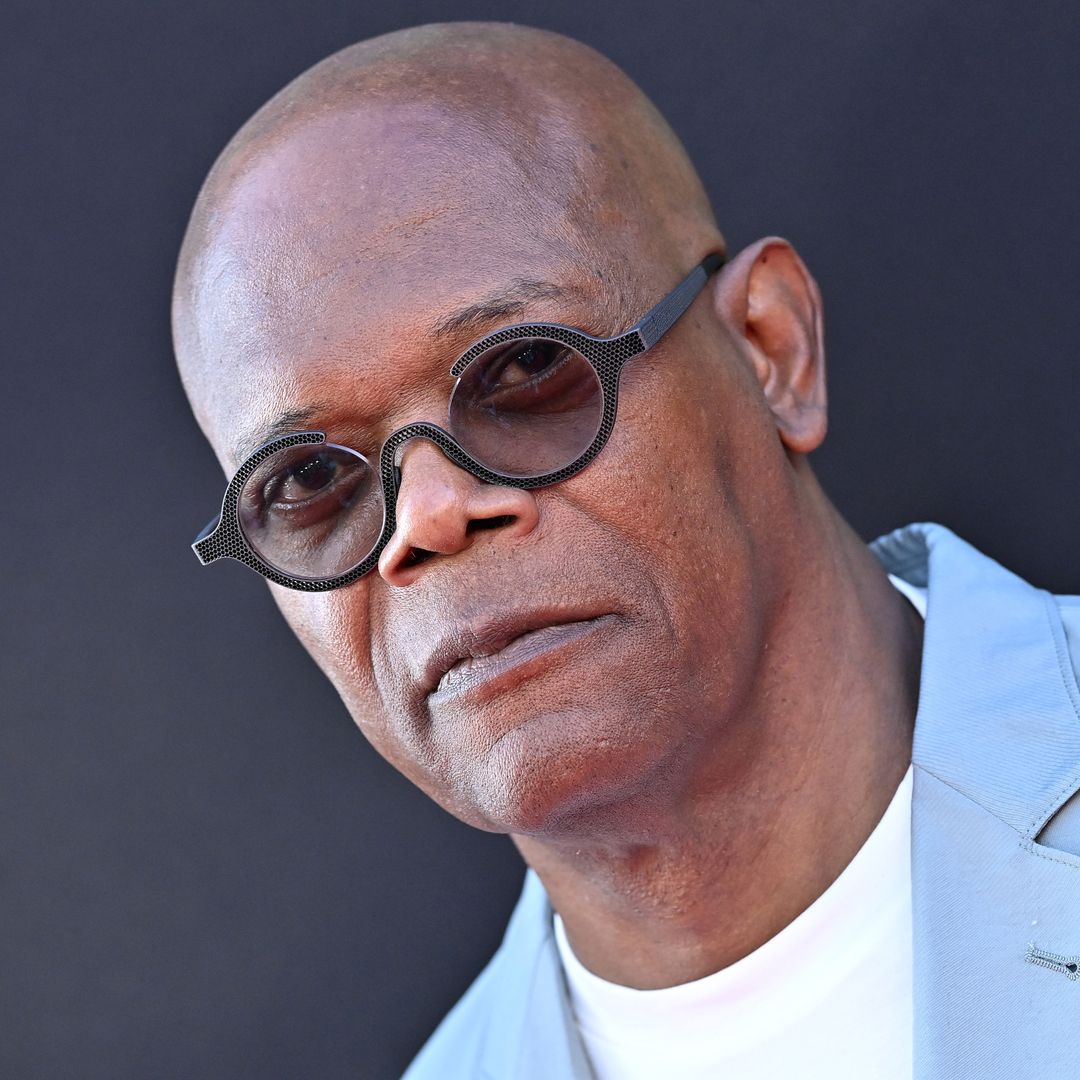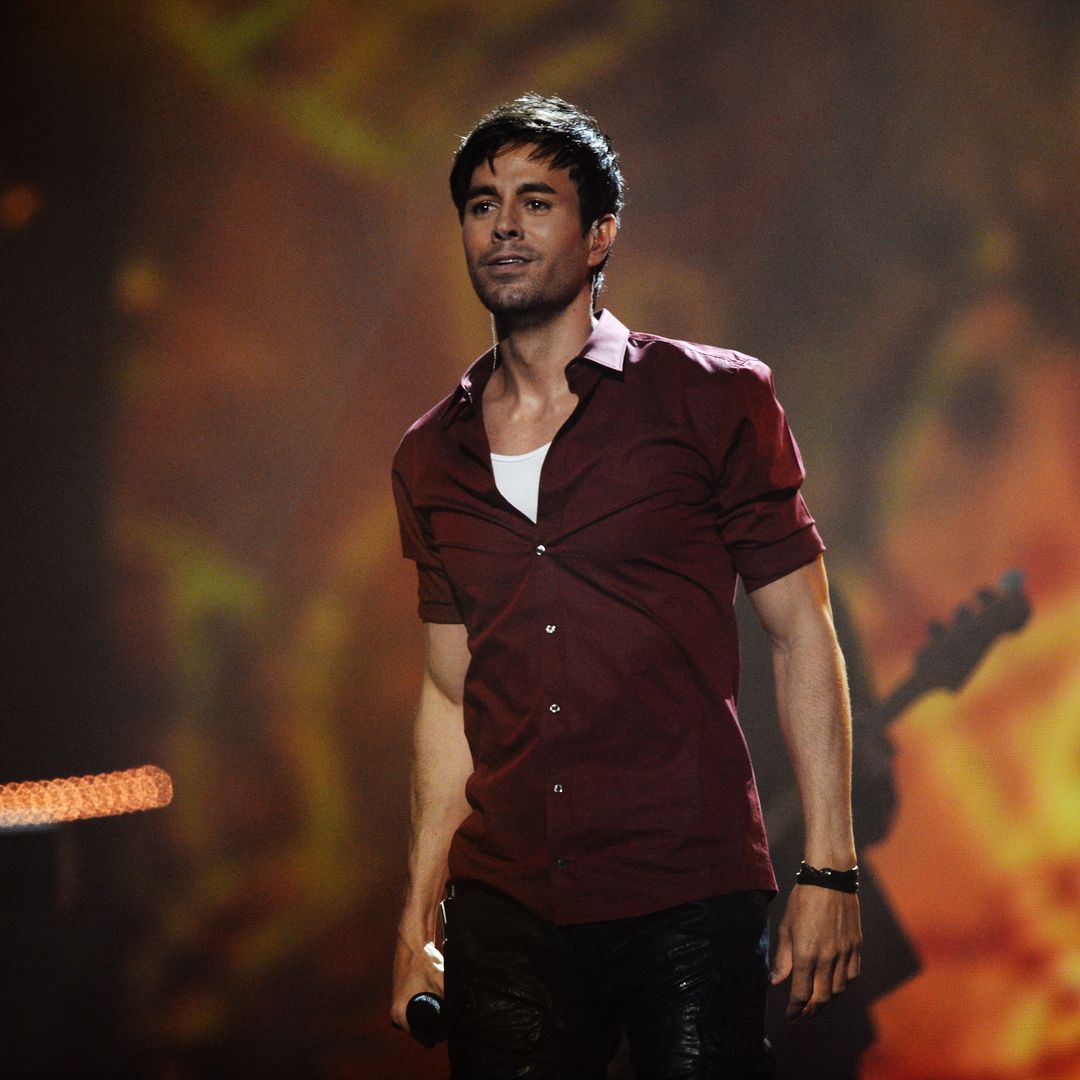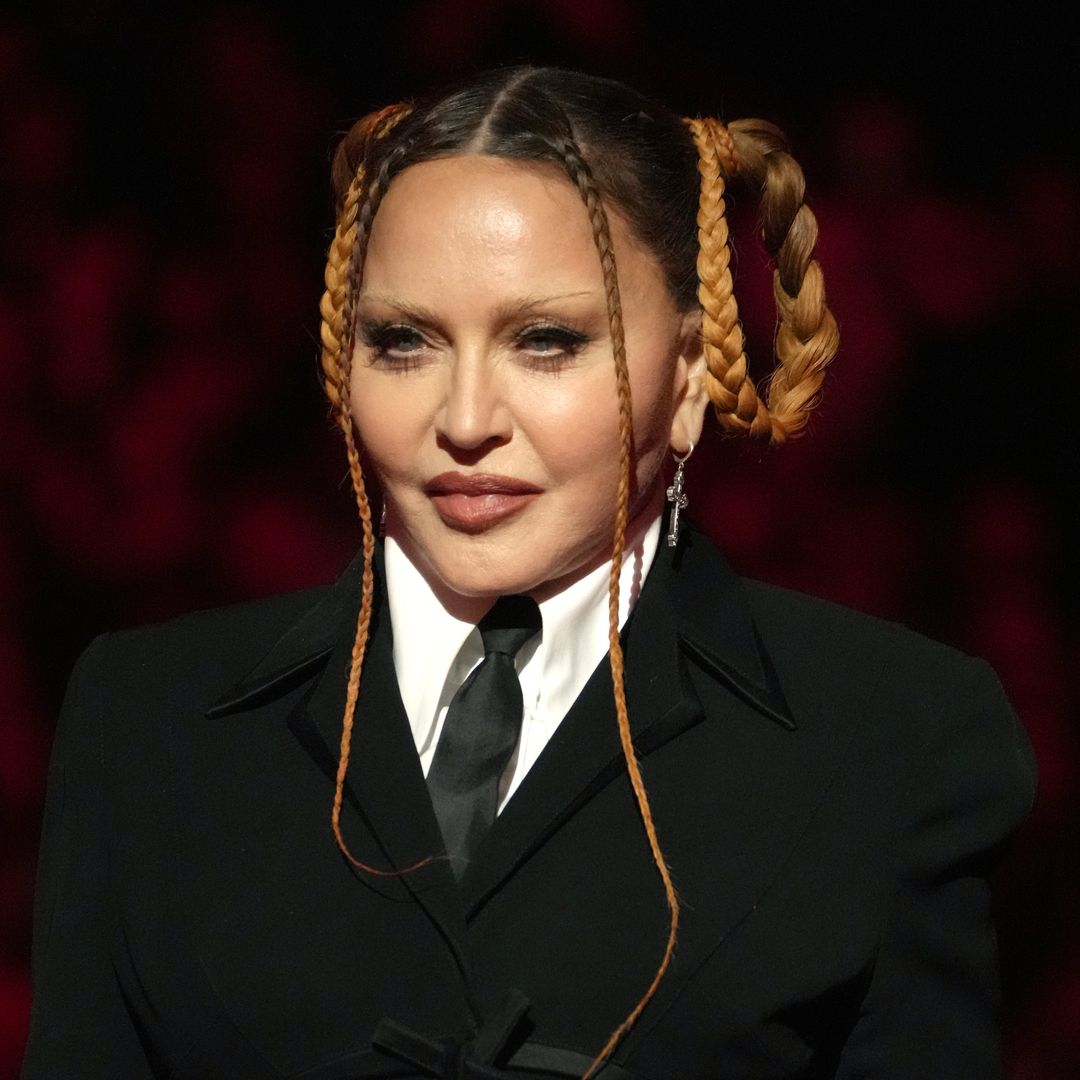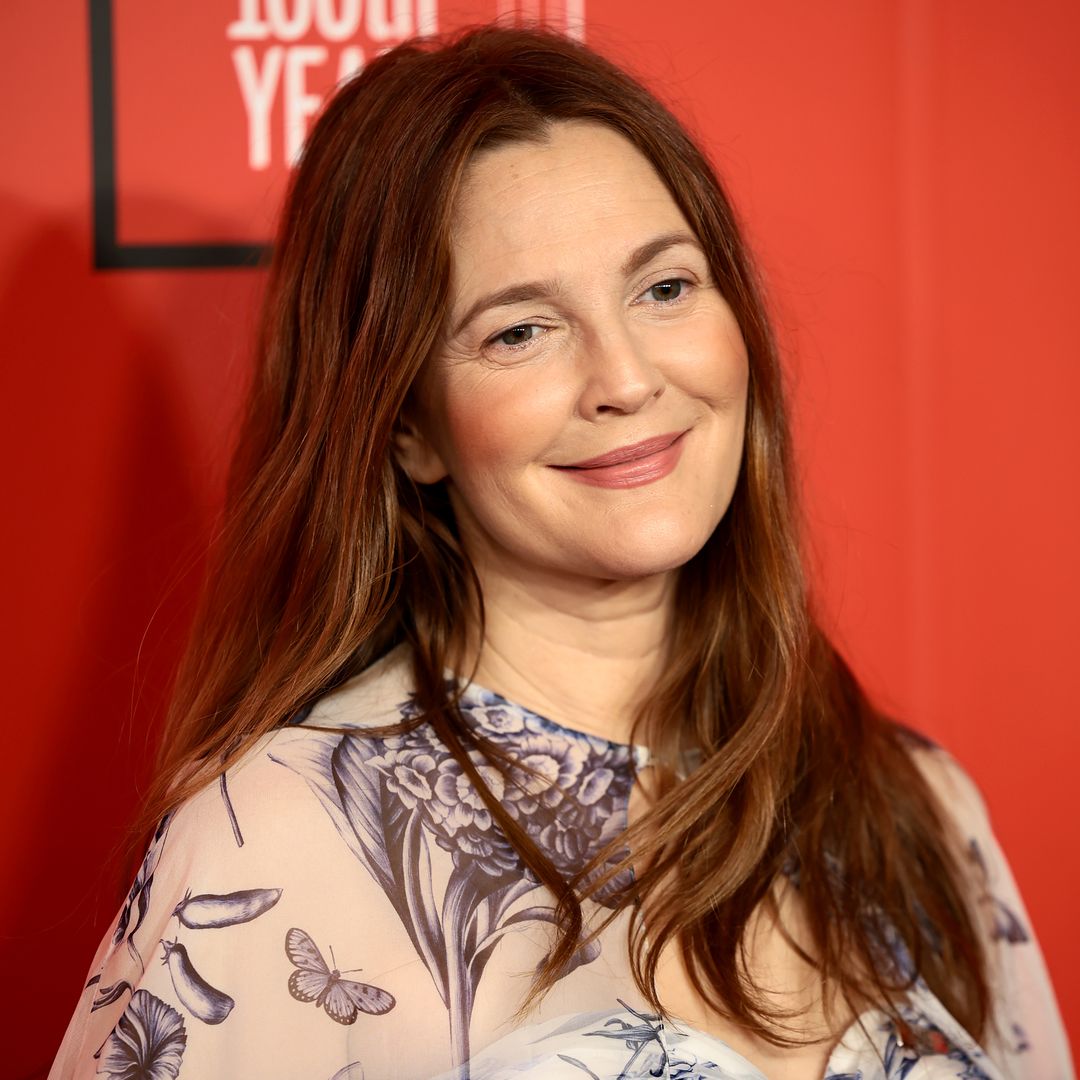Childhood
The former Emperor was born on December 23, 1933, at the Imperial Palace in Tokyo to Emperor Hirohito and Empress Nagako. During the war the seven-year-old prince was evacuated from the capital to the mountain town of Nikko, north of the city, safe from American bombing raids.
On November 10, 1951, he was formally installed as crown prince. The following year he enrolled on a politics and economics course at Gakushuin University, but left two years later without a degree. And although he later returned to the university to audit classes, he never actually received a diploma.
Emperor Akihito and Michiko Shoda
Akihito met his wife, Michiko Shoda, the daughter of a prominent industrial and academic family, at a tennis match in Karuizara in the summer of 1957 shortly after she had graduated from university. They were engaged a year later and Michiko became the first 'commoner' to marry into the imperial family. The royal couple broke with centuries of tradition by choosing to raise their children themselves, and Crown Prince Naruhito, Prince Akishino and Princess Sayako were cared for mainly by their parents, as opposed to by palace chamberlains.
Ascending the throne
Ascending to the throne after the death of his father on January 7, 1989, Akihito ushered in a new era which he dubbed "Heisei", or "achievement of peace". One of the major roles of the imperial family is to preserve traditions," says Ryuji Takahashi, manager of the special ceremonies department of the Imperial Household Agency, the unit responsible for running the palace. And Emperor Akihito does just that. He maintains the tradition of symbolically planting rice in the palace grounds every year and, like his father before him, dons religious robes for Shinto ceremonies. He is also an emperor for the new millennium, however, composing his speeches on a laptop and often mingling with his subjects.
An avid sportsman and fan of the outdoors he is also an environmentalist and noted scientist with numerous published papers on the taxonomy of the gobi fish to his credit he begins each day with a bird- and plant-spotting walk in the Fukiage Garden, a wooded area of the palace estate. As a testament to his popularity, 50,000 people braved harsh weather and turned out to mark the emperor's first decade on the throne, a period during which he has come to symbolise both compassion and stability.
The end of Akihito's reign
Akihito abdicated the throne in 2019 citing his advanced age and declining health. His eldest son Naruhito is now the emperor.


